Utility Safety Standards
How to Prevent Struck-By and Backover Incidents
5 Ways to Improve Bucket-to-Ground Communication
Utility Safety Standards

Flame-Resistant Clothing Misconceptions
Misconceptions about using flame-resistant clothing
BY DAN BONELLI, Cintas Corporation
According to Michael Hyland, chair of the National Electrical Safety Code (NESC) and vice president of engineering services with the American Public Power Association, a 1970s electrical utility commercial depicted a worker sporting a gold necklace and polyester clothing. Hyland notes that today, that type of dress would be unthinkable, as it poses a huge risk to residential, commercial, and industrial electricians.
The power industry...
Related Articles
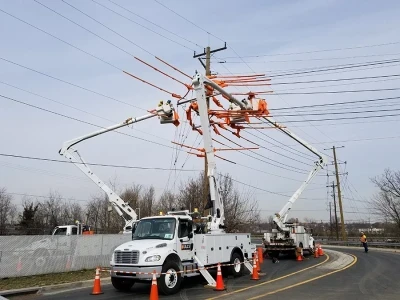
5 Ways to Improve Bucket-to-Ground Communication
Cranes, aerials and bucket trucks are common sights in construction zones and among maintenance crews around our cities. What better way to hoist materials to high places or to move workers closer to the task?When your crew includes an above-ground operator in a bucket or cab, they’re linked...
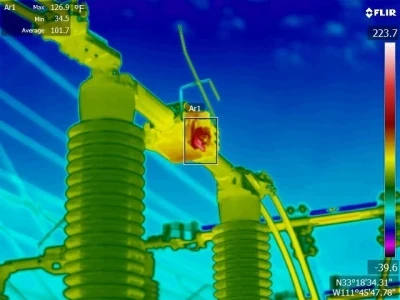
Worker Safety Using Infrared
Infrared safety: using thermal technologies to protect workers BY DOUG BARRY, FLIR Systems Disconnect switches, elbow connectors, cutouts, lightning arrestors, oil-filled circuit breakers, and other electrical components tend to heat up before they fail. The ability to detect overheating on such...

ENHANCING REMOTE WORKER SAFETY
Remote field operations present the safety organization with a myriad of challenges when it comes to ensuring the safety of the people that you send out to work in the field every day. Without a doubt, this includes the line workers, but it also includes nearly every member of the staff whose...
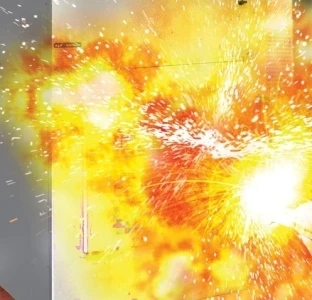
Electrical Hazard Protection
How to reduce dangers while providing preventive maintenance data BY FINLEY LEDBETTER, Group CBS, Inc. While most discussions about avoiding electrical hazards focus on personal protective equipment (PPE), utility workers have a number of ways to protect themselves and their gear, including...

New York's Path to 8.5 GW of Grid Flexibility by 2040
New York State's transition to a clean, zero-emissions energy grid could include up to 8.5 gigawatts (GW) of grid flexibility by 2040, according to a new report from the Brattle Group. This projection, while contingent on achieving ambitious decarbonization goals, illustrates how the state could...
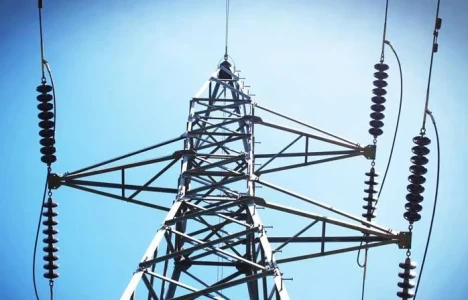
FERC Complaint Targets Duke, PJM Transmission Planning
A coalition of large energy consumers and ratepayer advocates has filed a complaint with the Federal Energy Regulatory Commission (FERC), urging the agency to prohibit transmission owners from independently planning "local" transmission projects exceeding 100 kilovolts (kV). The coalition argues...

Texas PUC Shelves $1B Grid Credit Mechanism
The Public Utility Commission of Texas (PUCT) has unanimously decided to shelve the proposed $1 billion Performance Credit Mechanism (PCM) for power generators, concluding that it would not deliver the anticipated grid reliability benefits. The PCM was conceived as a means to incentivize power...
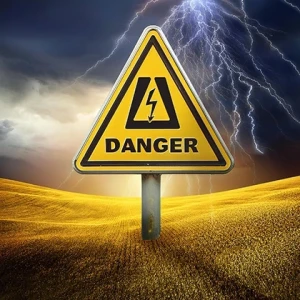
How Dangerous is Linemen Work?
Many occupations pose risks to workers, but few match the dangers that linemen face daily. Linemen play a critical role in maintaining and restoring the power grid, often working in extreme weather conditions, at significant heights, and around high-voltage electrical systems. Their work is...

North Carolina Town Sues Duke Energy for Climate Fraud
A small town in North Carolina has filed a lawsuit against Duke Energy, one of the largest utility companies in the United States, alleging that the company has been deceptive in its efforts to downplay the environmental impact of its operations. The lawsuit, filed by the town of Smithfield, claims...

FERC Approves Interconnection for Talen Energy, Amazon Data Center
In a significant move that underscores the growing demand for reliable and sustainable energy to power the expanding digital infrastructure, the Federal Energy Regulatory Commission (FERC) has approved an interconnection agreement between Talen Energy, Amazon Web Services (AWS), and Exelon. This...
